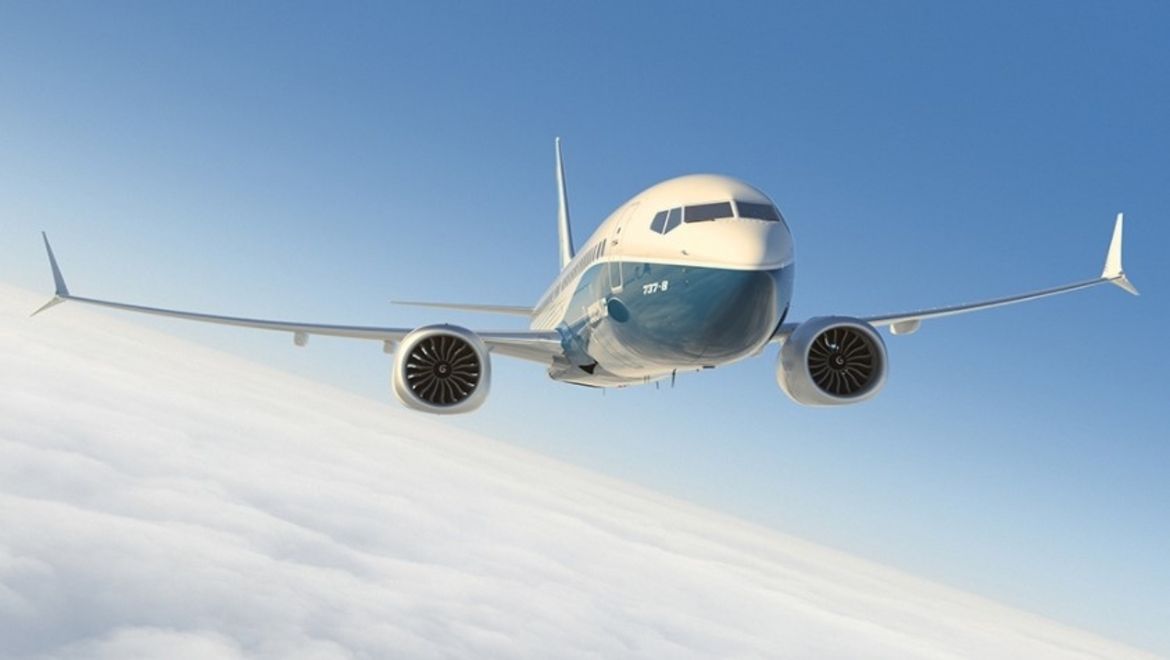
United has taken delivery of the first of 13 737 MAX 8s from Chinese aircraft lessor CDB Aviation.
The mid-sized variant of the narrow-body aircraft can seat up to 178 passengers, compared to the smaller 7’s 153 and the larger 9’s 193.
It comes in addition to the airline placing a mammoth order of 200 Boeing 737 MAX jets and 70 of Airbus’ equivalent A321neo last month.
Peter Goodman, CDB Aviation’s chief commercial officer, said, “CDB Aviation’s MAX aircraft will help the carrier advance its United Next vision, which is aimed to revolutionise the experience of flying with newer, more fuel-efficient aircraft while meeting a resurgence in air travel with the best experience in the sky.”
The MAX 8 is the most popular variant of the troubled aircraft, and at 39.5 metres long has the same wingspan as the MAX 7.
The announcement from CBD comes as United embarks on a post-COVID fleet expansion spree, despite recording a net loss of US$2.4 billion in the first quarter.
Its total 200-aircraft MAX order includes 150 of the not-yet-certified 737-10, the largest variant of the MAX family, as well as 50 classic 737-8s.
In June, it struck a deal with Denver-based Boom Supersonic for the purchase of 15 of its supersonic commercial passenger jets, worth over US$3 billion.
The penned deal will see United welcome 15 Boom “Overture” passenger aircraft, once certified and operational, with an option to take on an additional 35 of the supersonic aircraft.
Finally, United also this week agreed a deal with Swedish start-up Heart Aerospace to purchase 100 of its ES-19 electric aircraft for short-haul flights.
The 19-seat aircraft has the potential to fly passengers up to 400 kilometres and is expected to launch by 2026.
The airline’s venture capital fund, United Airlines Ventures (UAV), has made the investment alongside regional partner Mesa Airlines and Bill Gates’ Breakthrough Energy Ventures (BEV).
UAV is developing a portfolio of companies that focus on sustainability, as the company has committed to 100 per cent reduced carbon emissions by 2050.










